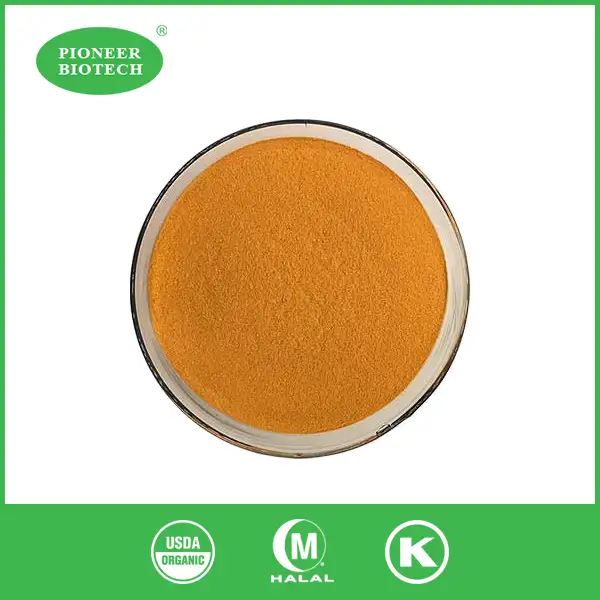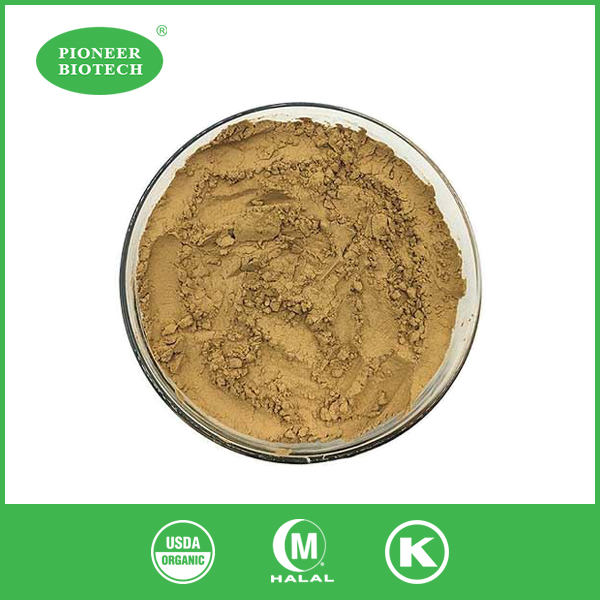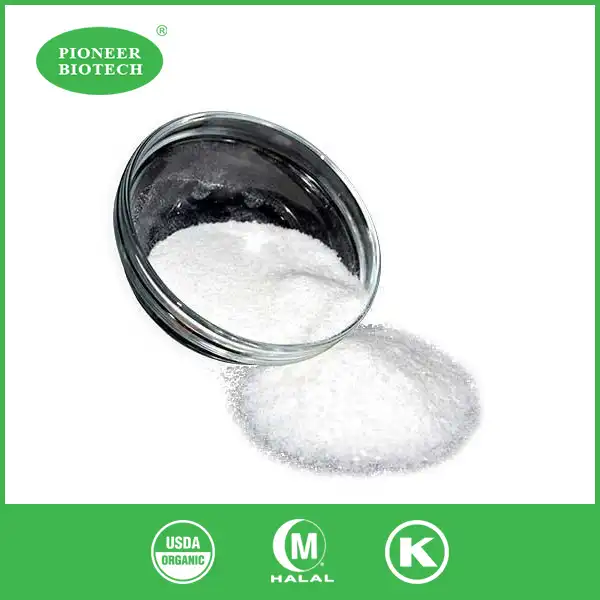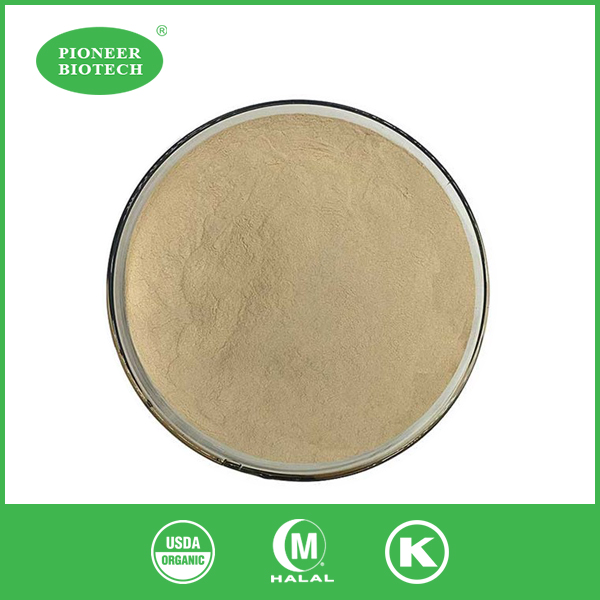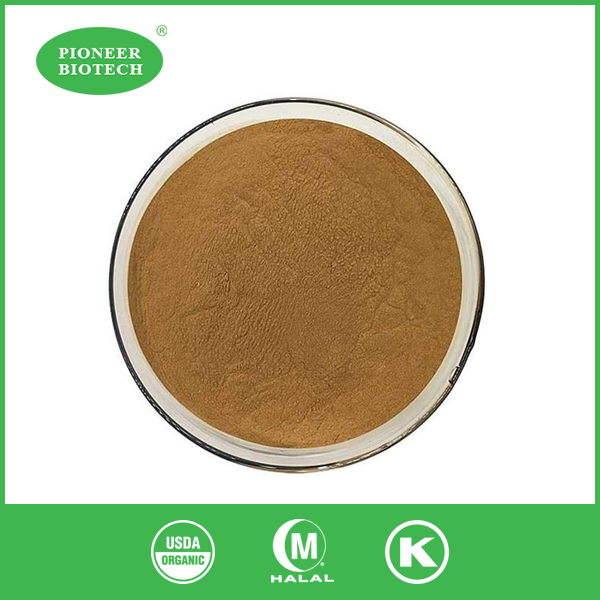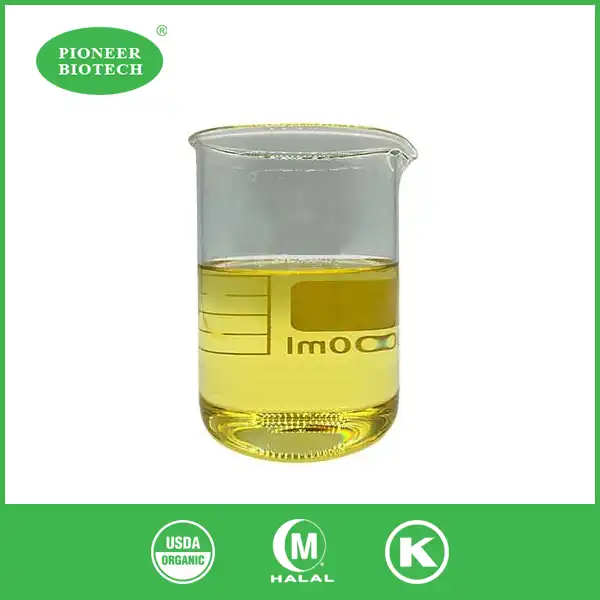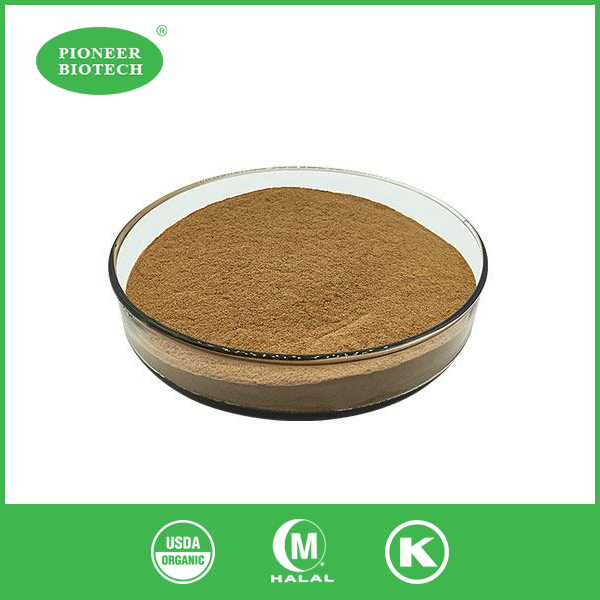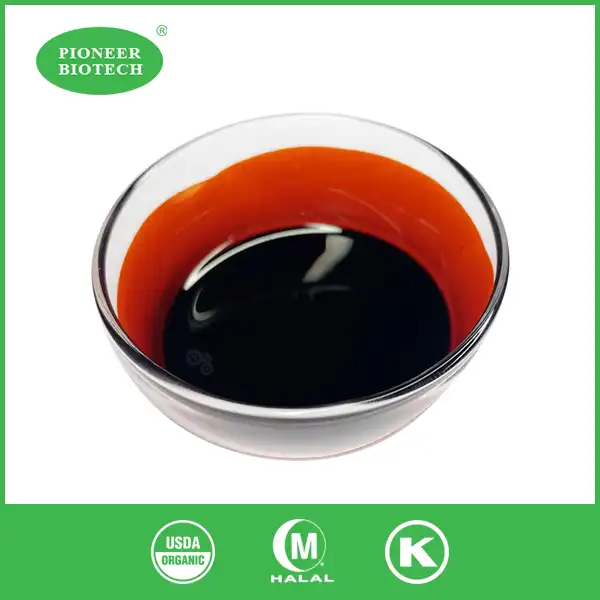Is l selenomethionine synthetic?
2024-10-25 16:23:19
Selenium is a crucial trace mineral that plays a vital role in various bodily functions, including antioxidant defense and thyroid hormone metabolism. L-Selenomethionine, a specific form of selenium, has gained attention for its potential health benefits. But a common question arises: Is L selenomethionine synthetic? In this comprehensive guide, we'll explore the nature of L selenomethionine, its production methods, and how it compares to natural forms of selenium.
What Is L Selenomethionine and How Is It Made?
L-Selenomethionine is an organic compound that contains selenium bound to the amino acid methionine. It's the predominant form of selenium found in many foods, particularly in plants grown in selenium-rich soils. However, L selenomethionine can also be produced synthetically for use in dietary supplements.
The production of L selenomethionine involves several methods:
- Biosynthesis: Certain microorganisms, such as specific yeast strains, can biosynthesize L selenomethionine when cultivated in selenium-enriched growth media. This process simulates how plants naturally accumulate selenium, producing an organic form that is similar to the selenium found in dietary sources, enhancing its biological relevance.
- Chemical synthesis: L selenomethionine can be synthesized in laboratories through various chemical reactions. This typically involves combining selenium with methionine or its precursors under controlled conditions.
- Extraction from selenium-enriched plants: L selenomethionine can also be obtained by extracting it from plants that have absorbed selenium from selenium-rich soils. This approach yields a natural form of L selenomethionine, offering an alternative to synthetic methods while retaining the benefits of organic selenium sources.
The synthesis of L selenomethionine allows for precise control over purity and concentration, which is crucial for standardized dietary supplements. However, it's important to note that synthetic L selenomethionine is chemically identical to its naturally occurring counterpart.
How Does Synthetic L Selenomethionine Compare to Natural Forms?
When comparing synthetic L-Selenomethionine to natural forms of selenium, several factors come into play:
- Bioavailability: L selenomethionine, whether synthetic or natural, is highly bioavailable. The body can absorb and utilize this form of selenium more efficiently than inorganic selenium compounds.
- Consistency: Synthetic L selenomethionine offers consistent potency and purity, which can be advantageous in supplement formulations. Natural sources may vary in selenium content depending on soil conditions and other environmental factors.
- Safety profile: Both synthetic and natural L selenomethionine are generally considered safe when consumed in appropriate amounts. However, synthetic forms allow for more precise dosing, potentially reducing the risk of overconsumption.
- Additional nutrients: Natural sources of selenium, such as Brazil nuts or seafood, provide L selenomethionine along with other beneficial nutrients. Synthetic forms, while isolated, can be combined with other nutrients in supplement formulations.
Research has shown that the body doesn't distinguish between synthetic and natural L selenomethionine. Both forms are incorporated into proteins and utilized in the same manner. This means that synthetic L selenomethionine can effectively support selenium-dependent functions in the body.
However, it's worth noting that some health-conscious consumers may prefer naturally sourced supplements. In such cases, selenium-enriched yeast, which produces L selenomethionine through biosynthesis, can serve as a middle ground between fully synthetic and purely natural options.
How Should L Selenomethionine Be Supplemented for Optimal Benefits?
When considering L-Selenomethionine supplementation, several factors should be taken into account to ensure optimal benefits:
- Dosage: For adults, the recommended dietary allowance (RDA) of selenium is 55 micrograms daily, but the ideal dose may vary based on individual health conditions and goals. Consulting with a healthcare professional is essential to determine the appropriate dosage, as excess intake can lead to selenium toxicity and adverse effects.
- Form: L selenomethionine is often favored due to its high bioavailability, enabling better absorption and storage in body tissues for future use. This form provides a more stable selenium level in the body, making it a reliable choice for maintaining optimal selenium status over time.
- Timing:L selenomethionine can be taken with or without food, though consuming it with meals containing healthy fats may enhance its absorption. The presence of dietary fat helps facilitate the uptake of selenium, improving its availability and effectiveness within the body.
- Interactions: Selenium can interact with certain supplements and medications, including high doses of vitamin C or E, which may reduce its absorption. It’s crucial to discuss any potential interactions with a healthcare provider to avoid compromising selenium’s effectiveness or experiencing negative health impacts.
- Duration: Since selenium can accumulate in the body, long-term supplementation requires monitoring by a healthcare professional. Regular assessment helps prevent potential toxicity and ensures that selenium levels remain within a safe and effective range for sustained health benefits.
It's important to remember that while L selenomethionine supplementation can be beneficial, obtaining nutrients from a varied diet is always preferable. Foods rich in selenium include Brazil nuts, seafood, meats, and grains grown in selenium-rich soils.
For individuals with specific health concerns or those living in selenium-deficient regions, L selenomethionine supplements can play a valuable role in maintaining optimal selenium levels. However, it's crucial to avoid excessive intake, as selenium toxicity can occur at high doses.
Conclusion
In conclusion, L-Selenomethionine, whether synthetic or natural, is a highly bioavailable form of selenium that can effectively support various bodily functions. While synthetic forms offer consistency and purity, both synthetic and natural L selenomethionine are utilized similarly by the body. The choice between synthetic and natural sources often comes down to personal preference and specific health needs. If you want to get more information about this product, you can contact us at sales@pioneerbiotech.com.
References
1. Rayman, M. P. (2012). Selenium and human health. The Lancet, 379(9822), 1256-1268.
2. Thiry, C., Ruttens, A., De Temmerman, L., Schneider, Y. J., & Pussemier, L. (2012). Current knowledge in species-related bioavailability of selenium in food. Food Chemistry, 130(4), 767-784.
3. Schrauzer, G. N. (2000). Selenomethionine: a review of its nutritional significance, metabolism and toxicity. The Journal of nutrition, 130(7), 1653-1656.
4. Fairweather-Tait, S. J., Collings, R., & Hurst, R. (2010). Selenium bioavailability: current knowledge and future research requirements. The American journal of clinical nutrition, 91(5), 1484S-1491S.
5. Burk, R. F., & Hill, K. E. (2015). Regulation of selenium metabolism and transport. Annual review of nutrition, 35, 109-134.
6. Rayman, M. P., Infante, H. G., & Sargent, M. (2008). Food-chain selenium and human health: spotlight on speciation. British Journal of Nutrition, 100(2), 238-253.
